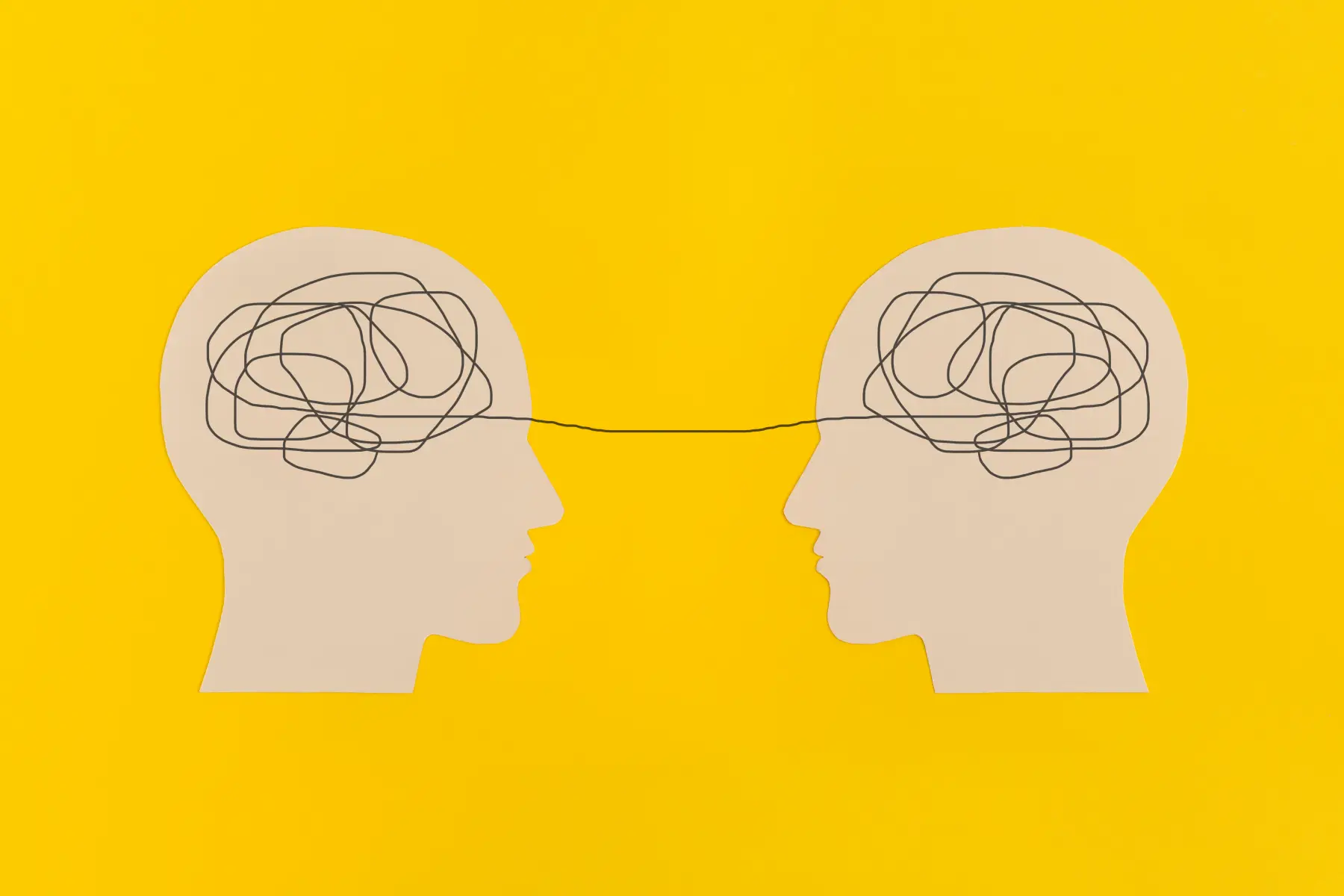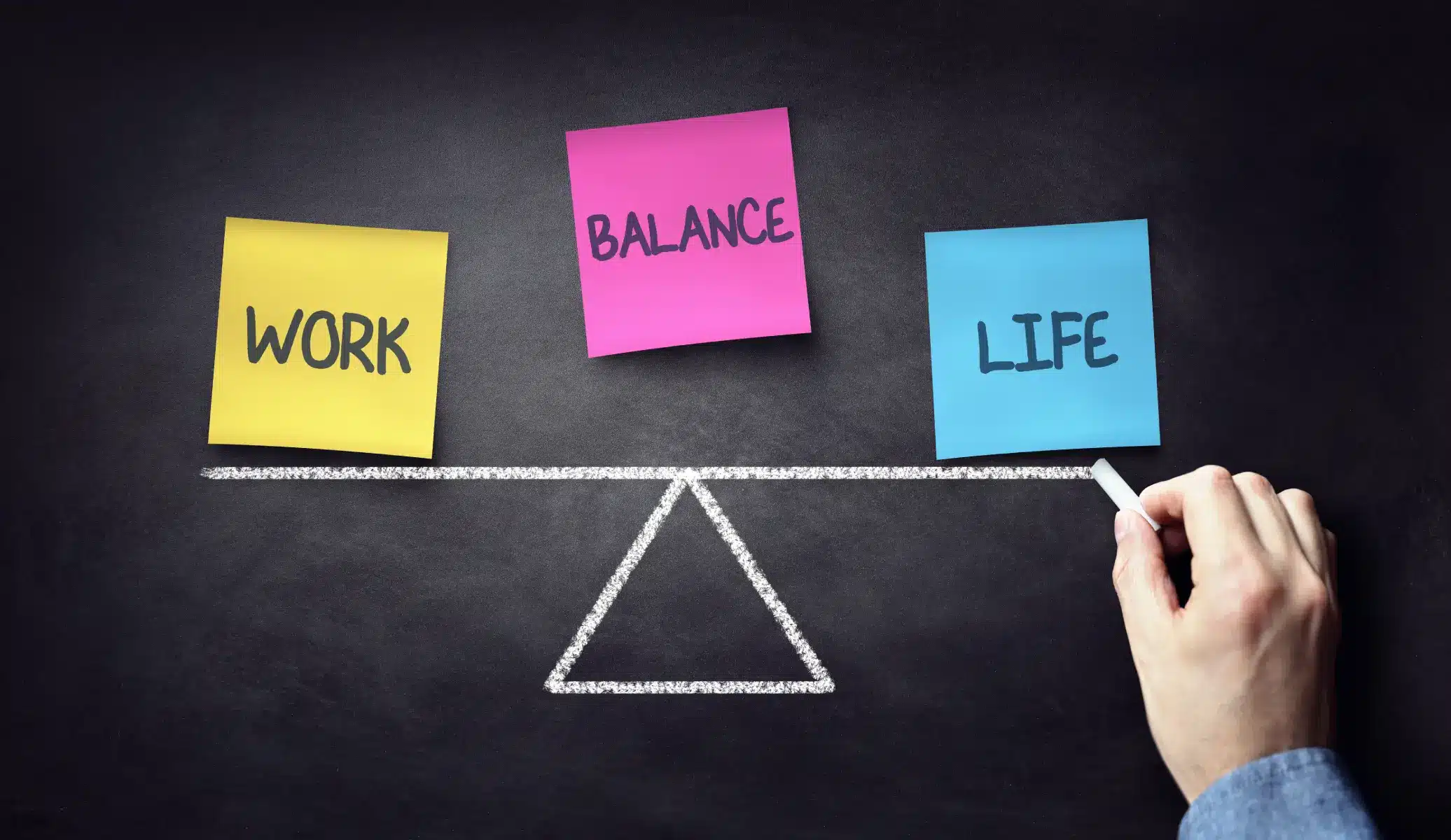This article looks at techniques we can use to work smarter not harder!
What’s your default work mode?
Most of us think that we have work at 100 miles per hour. We have to multitask, and break a serious (mental) sweat if we want to be productive.
It’s all about putting the hours in, right?
Not so much.
Of course, there will be times that you have what feels like a million deadlines creeping up on you and you’ll have to work fast or multitask, to get it all done. Hey, it happens! But do you find that you’re working like that by default, in every situation? It’s a bit like being a trade’s person and turning up to every job with the same tool. Sometimes it’ll work and sometimes it won’t. Often, it’ll be downright counter-productive.
And to figure out why, we need to look at how the brain works.
Work smarter not harder – rush mode and the reptilian brain
Work tasks, projects, deadlines…no matter how much you love your job, or how good you are at it, the reptilian part of your brain — that is, the ancient part of your brain dedicated to your survival — interprets these as stressors. And it wants to help you rush through them; it wants you to simply get through the situation and survive.
However, if you’re more interested in doing a good job then you need to find another way. You’re going to have to find a way to bypass your reptilian brain and engage the more evolved part of your ‘human’ brain.
When we’re operating from the human brain, we’re able to collaborate; we’re able to think more strategically and creatively. We’re able to prioritise and to weigh up the long-term consequences of our decisions and our actions.
Kick-starting the human brain
So how do you ensure that you’ve kick-started the human part of the brain before sitting down to tackle your next work project?
You start off by slowing down
When you try to multitask, you’re essentially speeding everything up; you’re feeding the reptilian brain with a tonne of evidence that suggests you’re under threat and you need to rush your way through it. And in your rush, it can be hard to make the best choices and be an effective worker.
That’s why slowing down in between tasks is vital; it allows the brain to reset and to reflect on how it should interact with tasks.
For example, imagine you’ve just finished an especially tricky phone call and you have to head straight into a meeting with someone else — someone who requires a lot of support and understanding. It’s likely that you’re going into that meeting with a whole lot of residual feeling bubbling away under the surface, feelings that come across either in what you say, your tone, or even just your body language, without you necessarily being aware of it.
We call this emotional leakage, and by slowing down, by pausing between significant tasks, you reset your brain. This means you’re far less likely to negatively affect your relationships with others by taking this emotional leakage into other situations.
Challenging your belief system
Of course, as logical as that may sound, when you have a to-do list the length of your arm, the idea of slowing down can still seem counter-productive; you fear you’ll get less done and you’ll be stuck in your office or work space even longer.
Luckily, most of the time, that’s not how things pan out — and once you’ve tested your initial fears and proven that you can still ace your schedule, while slowing things right down, you’ll find it easier to re-evaluate the belief that your productivity is tied to how many hours you put in.
So, let’s start gathering the evidence with a little experiment
When you have lots going on, your reptilian brain will try to dominate and you’ll get caught in a set of behaviours; your natural instincts will be to speed up, to start multitasking. It can be hard to step out of that.
But, essentially, what you need to do is break this default setting by creating pattern interrupts. One of the ways you can do this is by forcing yourself to pause between tasks. For example, taking 30 seconds to sit down and notice what’s going on in your body. Notice how your feet feel, where your shoulders are sitting, what’s happening with your breathing. Adjust them if necessary (for example, lowering your shoulders, or taking deeper breaths).
By slowing down in this way, you’re effectively telling your brain to re-evaluate the situation You convince it that you’re not actually under as much pressure as it may think.
Now, when you first start applying these pattern interrupts, it can be challenging — it might even make you feel more stressed initially. But, if you make it a habit, you allow the reptilian brain to get used to that type of activity and to eventually place it in its range of ‘safe behaviours’.
Time lost or time gained?
Still not convinced? Let’s return to the earlier example. You’ve just ended a stressful call and you’re about to head into an important meeting.
If you sit down for 30 seconds in between those two activities you get multiple benefits. Firstly, you can deal with what’s going on in your body and to apply a pattern interrupt. And secondly it also allows you to reset the ‘Brodmann Area 10’ – an area at the front of the brain. This is the area that deals with multitasking. The research shows that when you reset that part of the brain, you can organise yourself more effectively. This results in you engaging with the next activity far more quickly.
So, while the 30 seconds you spend sitting down in between activities might feel like lost time, over the course of the day, week, month, or year, it could actually add up to a whole lot of time gained since you’ll hit the ground running every task you tackle afterwards.
You might even find that you can legitimately shave a couple of hours off your work day without adversely affecting your productivity. How’s that for an incentive to work smarter not harder?



















